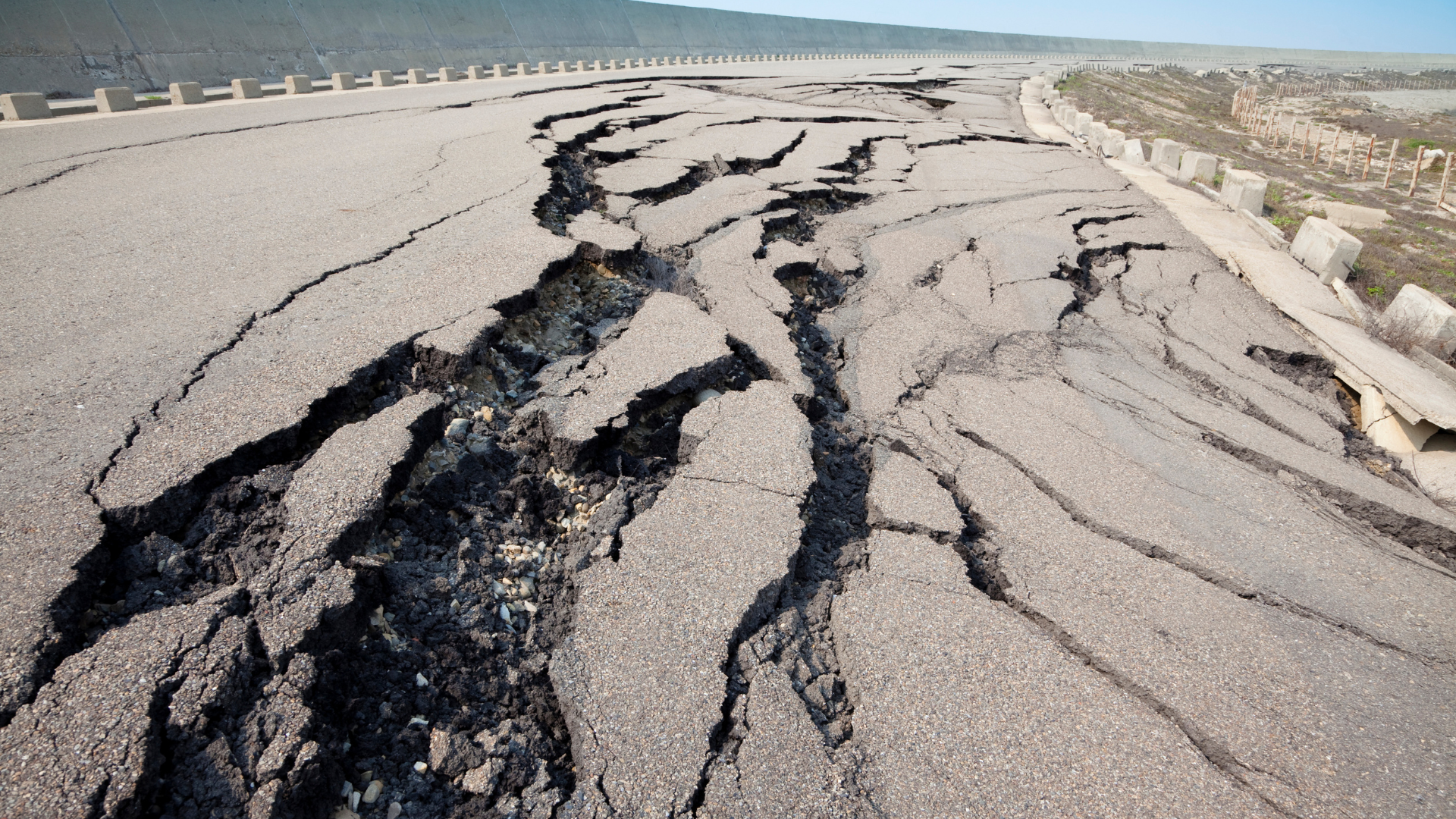For centuries, people have known that earthquakes take place. In 1643, a quake struck the alignment of the San Andreas Fault; an event recorded as “the great earthquake.” The first major earthquake to hit California was in 1906, killing at least 3,000 people. Since then, more than 100,000 people have died in California earthquakes alone. But how many earthquakes take place? And how big can earthquakes get?
Earthquakes are a significant hazard in California; in fact, the state experiences around 250 every year. There are three types of earthquakes, each caused by a different phenomenon. The first type is the type 4.0 or greater, also known as the major earthquake. This type of earthquake can cause significant damage to homes, infrastructure, and ground shaking. The most recent major earthquake in California was the San Francisco earthquake in 1906, which caused more than 300 deaths (most of which were from fires and collapsing buildings) and $12 billion in damages.
Earthquakes are something we rarely think about because they happen so infrequently, and the impact they have on our cities and towns when they do occur can be devastating. But there are certainly some facts that help put things into perspective. One such fact is that earthquakes happen more often than many people think. Natural disasters like earthquakes, hurricanes, and tornadoes occur every year, and sometimes more. According to the U.S. Geological Survey, there are approximately 1,500 earthquakes around the world every day.
Earthquakes frequently happen on mars.
Mars has a much smaller gravity than Earth, so it makes sense that earthquakes are common there, too. NASA scientists have recently found evidence that the planet has been hit by at least 20 quakes in the last 600 million years. The quakes, which impact the surface and mantle of Mars, are so large that they cause the entire planet to shift by several centimeters.
Like their Earthly counterparts, Martian earthquakes create seismic waves, which scientists estimate are felt by only 1% of the planet’s surface. But measuring seismic waves on Mars is extremely difficult, which makes these low-level quakes hard to study. Scientists believe that Mars quakes occur because of the planet’s thick atmosphere, which prevents them from reaching the ground. And Martian quakes may have occurred in recent Martian history, possibly due to increased volcanic activity.
Icequakes can happen.
When you wake up to the sound of your fire alarms, it is usually because you had a fire—a bona fide blaze that set your house ablaze and caused everything to burn. But these are dangerous. Icequakes are less dangerous, if still much too dangerous to ignore. Icequakes occur when the freezing temperatures of spring melt and thaw the frozen ground. As the ground begins to thaw, water lines are ruptured. The collapsing of the ice and water lines causes pressure to build up and results in an earthquake-like shaking.
Like a powerful icequake, winter storms can cause a lot of damage. Icequakes, also known as cryoseismic shocks, are large, low-frequency earthquakes. They are caused by snow thawing and refreezing, which causes a large amount of water to build up and strain the ground. Icequakes have only been recorded in North America and usually only occur after severe winters.
Earthquakes were caused by giant catfish, according to Japanese mythology.
It was not that long ago that earthquakes were thought to be caused by an explosion or volcanic eruption. Today we know that the earth’s 24-hour-a-day, 7-day-a-week, 365-day-a-year internal shifts are caused by plate tectonics, a very slow-moving slow movement of the earth’s crust. A continent can shift by a few inches or even a few feet, but these changes happen slowly that humans never notice.
In 1812, Japan experienced several major earthquakes, which researchers believe resulted in landslides, tsunamis, and loss of life. Using data from Japan’s 1811 and 1812 earthquakes, scientists from Tohoku University and the National Institute of Information and Communications Technology in Japan examined what triggered these cataclysmic events. They found that the earthquakes were caused by a giant catfish, which surfaced on the Earth’s surface after the earthquakes and struggled to reach the ocean, resulting in landslides.
